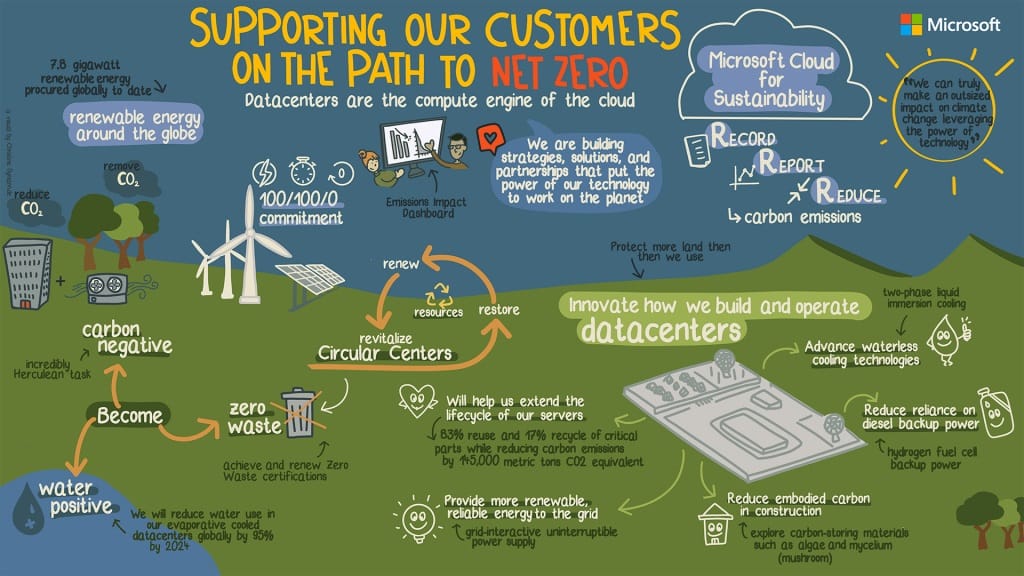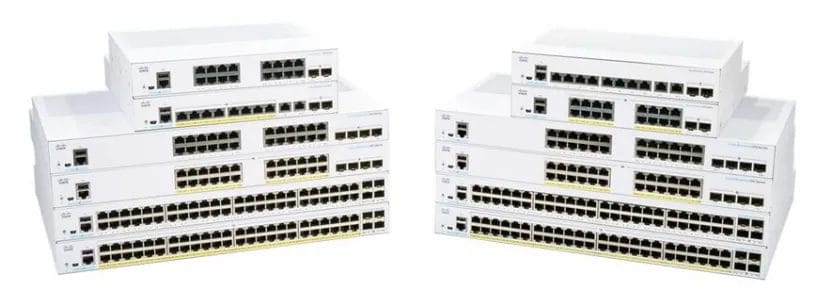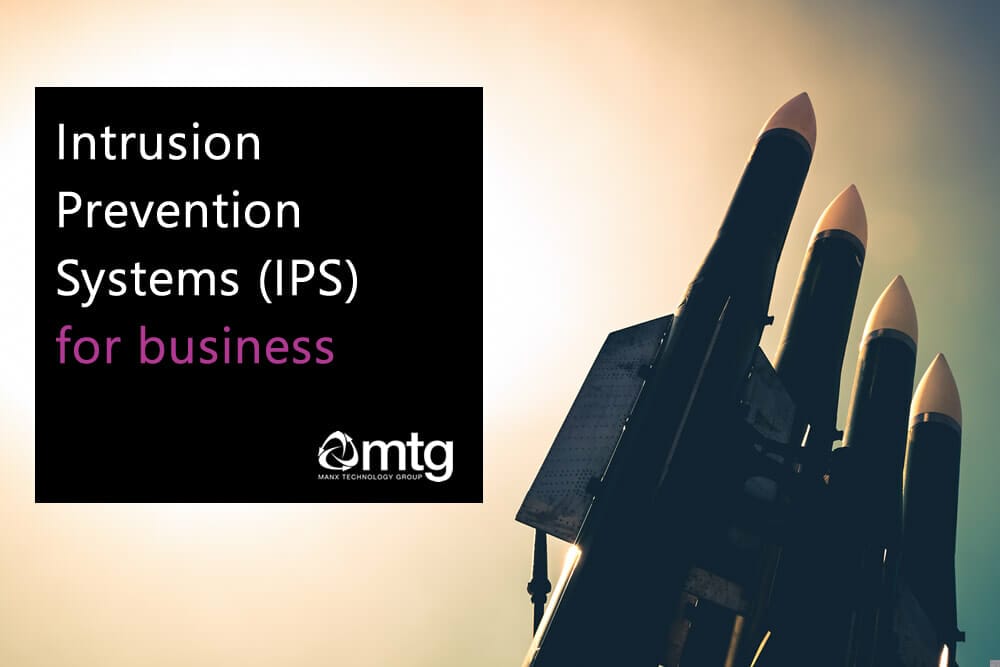Reducing IT costs is on every small business’s radar, especially with rising energy prices. Beyond just cutting bills, optimising power usage is a responsible move toward sustainable operations. From using cloud solutions to configuring sleep settings on desktops, here are some actionable tips to help your small business save on IT power costs (by up to 60%).
Monitor Usage with Smart PDUs
If you’re running on-premises hardware, consider investing in Smart Power Distribution Units (PDUs). These let you monitor and manage power usage on a granular level, helping you understand which devices consume the most energy. Some models allow remote control, so you can shut down non-critical systems when they’re not in use.
MTG also supply IoT power monitors that can monitor whole-building power, including lighting, mains outlets and plant equipment.
Move to Azure
One simple way to reduce power consumption is by moving your IT infrastructure to the cloud. Using platforms like Microsoft Azure – which has been 100% carbon-neutral since 2012 – not only lowers your hardware footprint but also cuts down on on-site energy use. Azure’s scalability also ensures you’re only paying for what you need, which helps control costs even further.
While Cloud is not the answer to everything, ESG and the cost of power should be considered alongside agility, security, and IT operating costs.
Pro tip: The cloud can also free up physical space in your office, reducing cooling and maintenance costs.

Switch to Cloud PCs for Desktops
For day-to-day office work, consider using cloud PCs like Windows 365 with ultra-low wattage terminals. These lightweight devices use less power than traditional desktops and connect directly to your cloud infrastructure. They’re efficient, secure, and perfect for hybrid or remote work environments.
Set Power Management Policies with Intune
If you’re sticking with traditional desktops, make sure they’re set up with optimal power settings. Intune, Microsoft’s device management platform, lets you enforce power management policies across your network, such as putting devices to sleep after 15 minutes of inactivity. These small adjustments can save a surprising amount on your energy bill over time.

Enable Green Mode on Network Switches
Network equipment like ethernet switches can be big power hogs. Some newer models offer a “green mode” that automatically reduces power consumption during off-peak times. If your switches support this feature, enable it for an easy way to save power without sacrificing connectivity. Green Ethernet is based on the 802.3az standard, and is supported by most major vendors. It is estimated Green Ethernet can provide power savings of up to 80% vs standard switch consumption.

Consolidate Your Printers
The “printer-per-person” model might be convenient, but it’s far from energy-efficient. Consider consolidating to shared printers with high-efficiency settings. Centralising printing not only reduces power usage but also saves on toner and paper.
Upgrade legacy equipment
Older desktops and servers are often less energy-efficient than modern equipment. Upgrading to newer desktops with low-power CPUs – such as those in the Intel Core i3 or AMD Ryzen series – can reduce power consumption substantially. For example, an older desktop with a standard CPU might consume around 150 watts, while a newer, energy-efficient model can use as little as 50-65 watts under similar loads. Multiply this by multiple desktops in your office, and the energy savings quickly add up.
Newer, energy-efficient CPUs can reduce power usage by up to 60%, helping businesses lower both energy costs and their carbon footprint.”
Reduce IT Power Costs
Ready to save on IT power costs? Contact us today to learn how our tailored IT solutions can help your business become more energy-efficient. With intelligent power policies – you can cut IT power costs by up to 60%!




